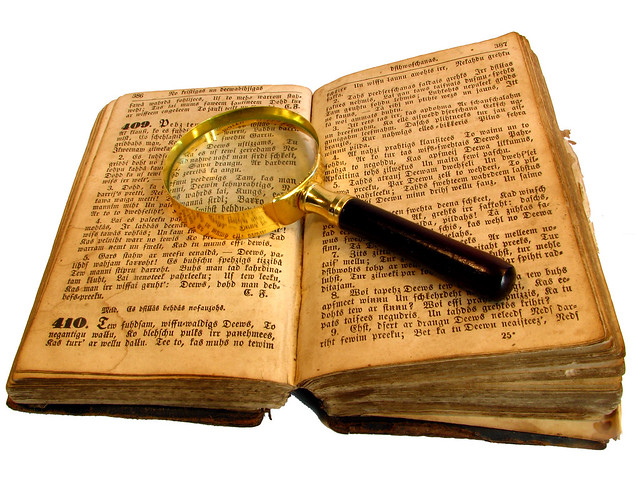Many of the Egyptian paintings were made on the wall of a temple or
tomb in a place called Hierakonpolis, on the banks of the river Nile, almost
6000 years ago.
 |
| Hierakonpolis tomb painting |
The early Egyptian paintings here, were lively and had small
figures of animals and people in action against large blank backgrounds.
We can’t
tell if the figures are supposed to be connected because there is no ‘setting’,
no indication of landscape or even ground to stand on. But there is no messy
overlapping and figures are spread evenly across the whole surface.
But these of paintings gave way to a new style of the later
Egyptian era which is more familiar to us and is commonly known as the Egyptian
style.
 |
| Telling a story through various actions |
As compared to the cave paintings, the figures are not as real
looking. There is no shading and figures seem to be flat against the wall.
The
artist has left out many details and the painting style appears to be a kind of
shorthand like in today’s comic strips; they tell a story in each continuing
frame.
 |
| Hieroglyphics were used as a background to assist the story. |
The tomb paintings were probably meant to tell a story which is also indicated in the fact that the Egyptians invented the earliest form of writing, hieroglyphics, with pictures.
Because the figures were used so often, they began to look less and less real and became stylized or conventional, thus turning into the alphabet.
Now, let us understand a bit about Egyptian culture and beliefs to
fully comprehend their paintings and style...
 |
| Osiris, Horus and Pharaoh |
It was a custom that when a man died, he would take everything he possessed
to his grave so that his spirit could lead a good afterlife. Since he couldn’t take
everything, he had memories and events of his life painted.
Some themes though, included journey
through the afterworld or protective deities introducing the deceased to the
gods of the underworld (such as Osiris).
 |
| Orderly, flat figures |
The Egyptian artist knew that a life-like painting would give a static view of the way it looked at a particular moment, which was not what he wanted.
He gave the figures a side face with eyes and body forward and a comic strip like painting, so that all important parts were covered and it gave a complete story.
He made the painting more orderly than real life so that the
spirit doesn't miss anything. The figures are planted solidly on the ground
line.
.jpg) |
| Horus (strong flat colour |
The figures are flat but the use of colour makes it stand out from the
background.
There were six colors the Ancient
Egyptians used in their paintings: red, green, blue, yellow, black, and white.
They made these colors out of mineral compounds
and because of that, they last very long.
The Egyptians later learned to
create mixed colors from the primary ones, such as grey, pink, and brown.
 |
| Animals used as symbols |
The Egyptian artist also used a symbolism to establish
a sense of order.
Symbolism, ranging from the pharaoh's regalia (symbolizing
his power to maintain order) to the individual symbols of Egyptian gods and
goddesses, is omnipresent in Egyptian art.
Animals were usually also highly symbolic figures in Egyptian art.
Colours were more expressive rather than natural.
 |
| Osiris (green colour skin to indicate divinity) |
Red skin implied
vigorous tanned youth, whereas yellow skin was used for women or middle-aged
men who worked indoors.
Blue, green or gold indicated divinity because of its
unnatural appearance and association with precious materials.
The use of black
for royal figures expressed the fertility of the Nile from which Egypt was
born.
Stereotypes were employed to indicate the geographical origins of
foreigner.
 |
| Overlapping figures |
He overlaps figures only if they are performing the same action.
Some are extra large because they are important. If he wants to show something
far away, like trees, he puts them above the figure not behind.
 |
| Important figures are painted larger |
The artist then, does not tell us what he sees but what he knows.
Art here followed a strict set of rules of organization and
painting which we call the ‘Egyptian style’.













.jpg)











